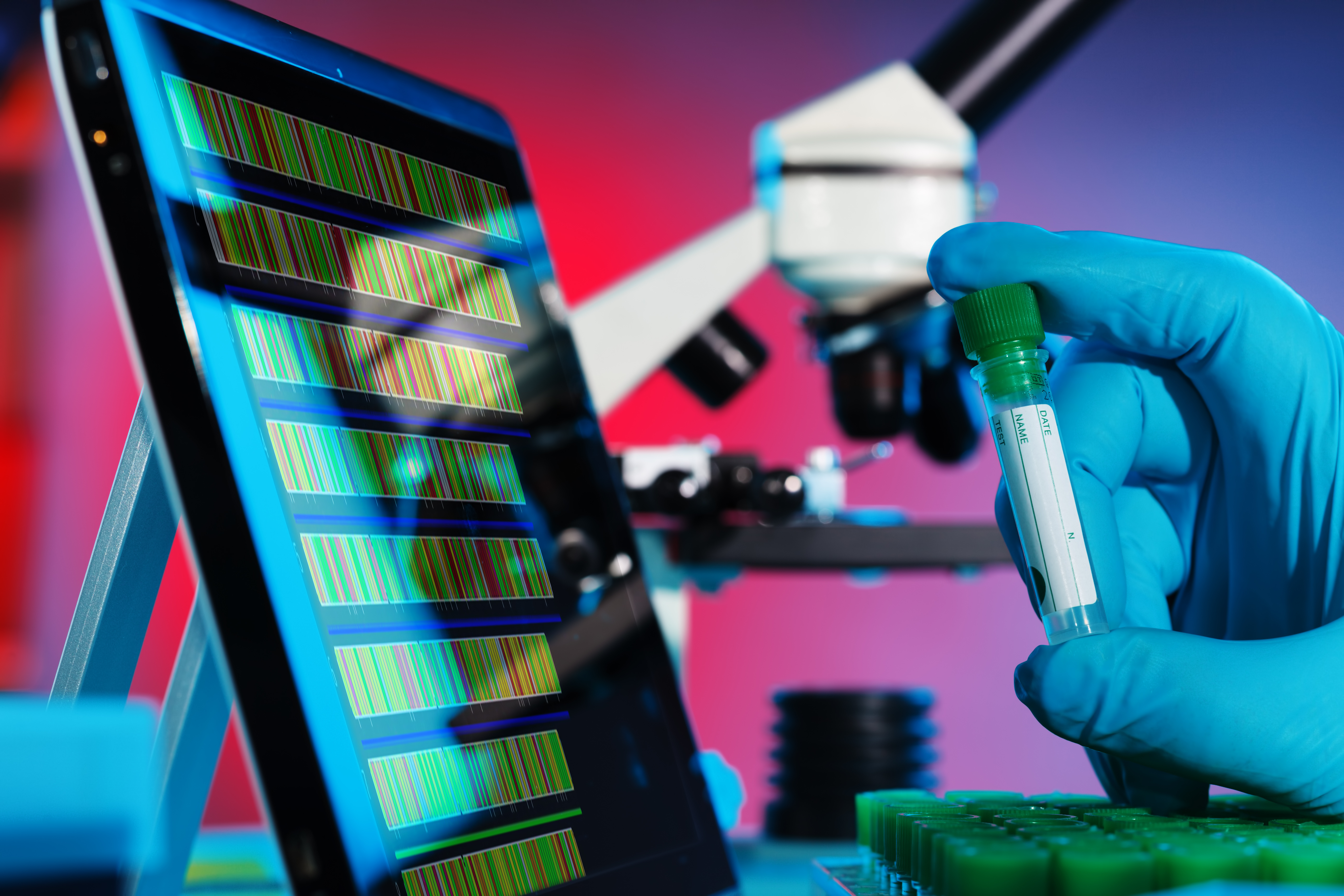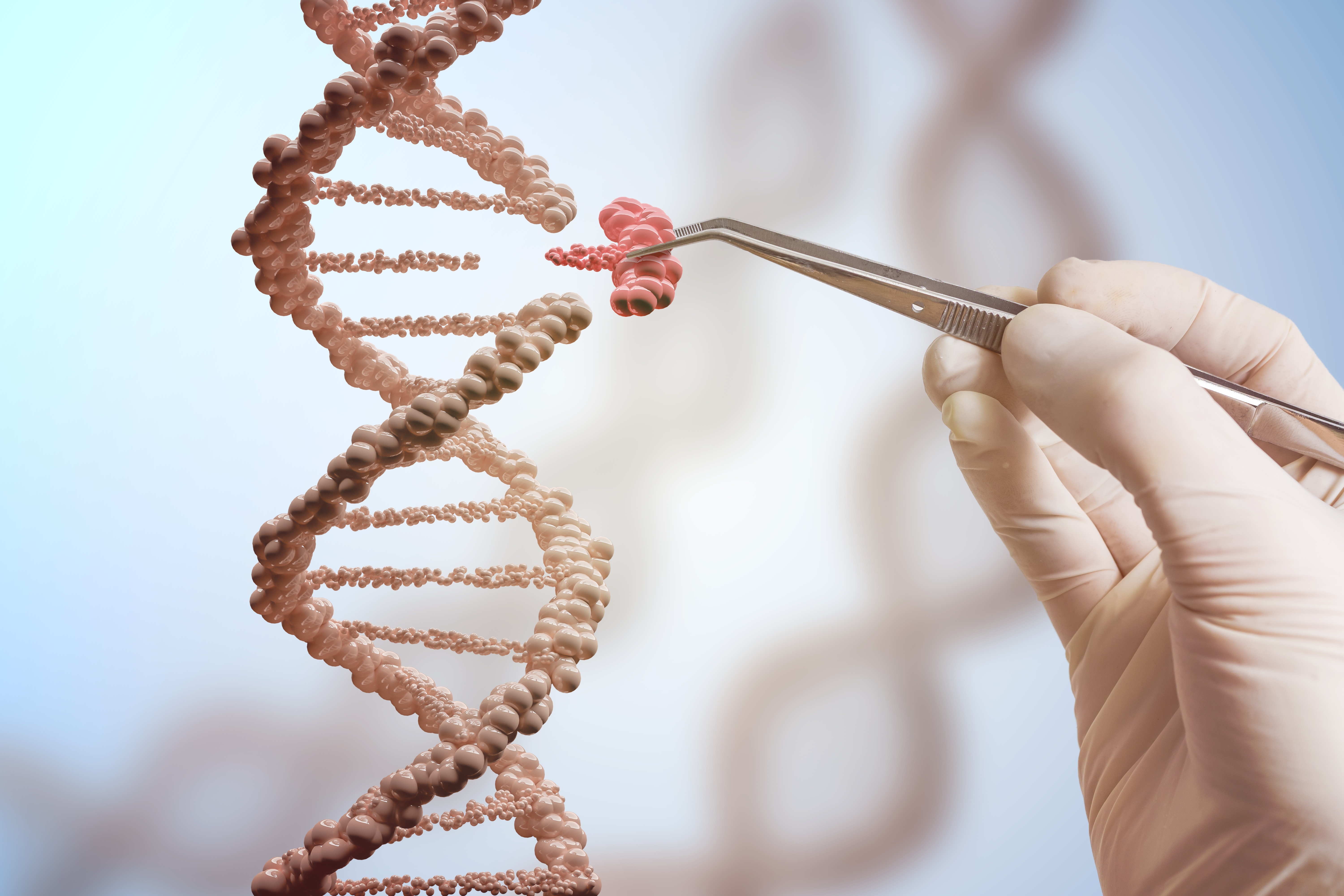



New research project at Iowa State University builds "genome to phenome" knowledge for crops and livestock
A new federal grant will support an Iowa State University-led effort to spur development of a “genome to phenome” infrastructure for scientific collaboration across crops and livestock.












